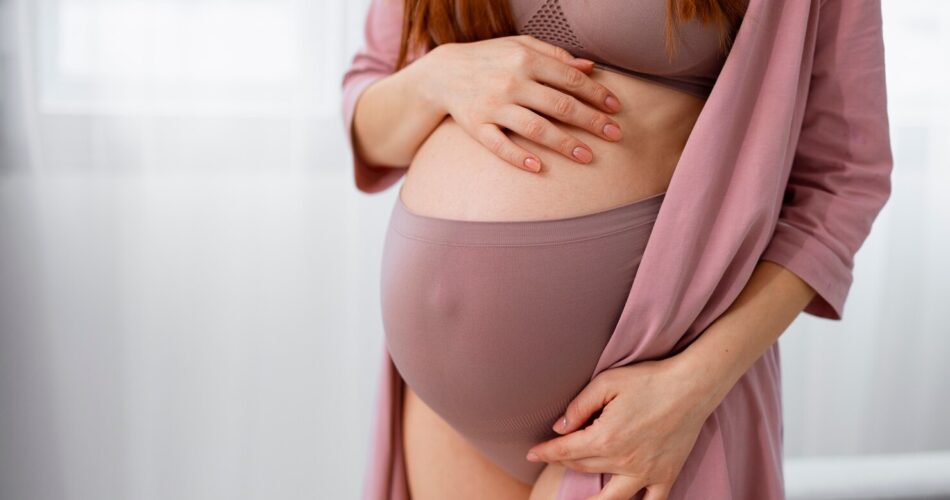Postpartum issues. Pregnancy and yoga – my recovery experience
I never dreamed that my pregnancy and childbirth would go smoothly. My health, especially “women’s” health, had many preconditions for problems before and after birth:
- painful menstruations in youth that were unbearable without painkillers;
- “harbingers” of diastasis and prolapse of internal organs – flat feet and a protruding bone;
- varicose veins – strictly prohibited significant loads on the legs;
- poor posture “question mark” – the right shoulder was difficult to move back, after work the back and lower back ached;
- gastrointestinal issues, hence diathesis, acne, and all other “charms”, like bloating.
Not to mention the emotional state – a tendency to blame others for everything, depression, apathy, and stress. Something needed to be done! Preferably considering that long cardio workouts and weight training in the gym were contraindicated for me.
In this article, I will explain why I chose yoga and what health and emotional issues it resolved. We will also discuss the main changes to be prepared for even before you make the important decision to bring a new life into the world.
How the body changes after childbirth
Let’s figure out what happens to the female body and condition after childbirth. During pregnancy, mothers gain an average of 10-20 kg. Getting back in shape becomes quite an adventure – for some, it’s easy, while for others, it takes a lot of effort, months, and even years. Here are the main reasons:
- Strain on the musculoskeletal system
Changes occur in the spine, pelvic area, and lower limbs. Some experience changes in posture, with women starting to slouch. Some have knee pain after childbirth, experience swelling, and foot flattening. In general, a bunch of new “pleasant” sensations, especially if the body wasn’t prepared. In this case, prenatal yoga can help.
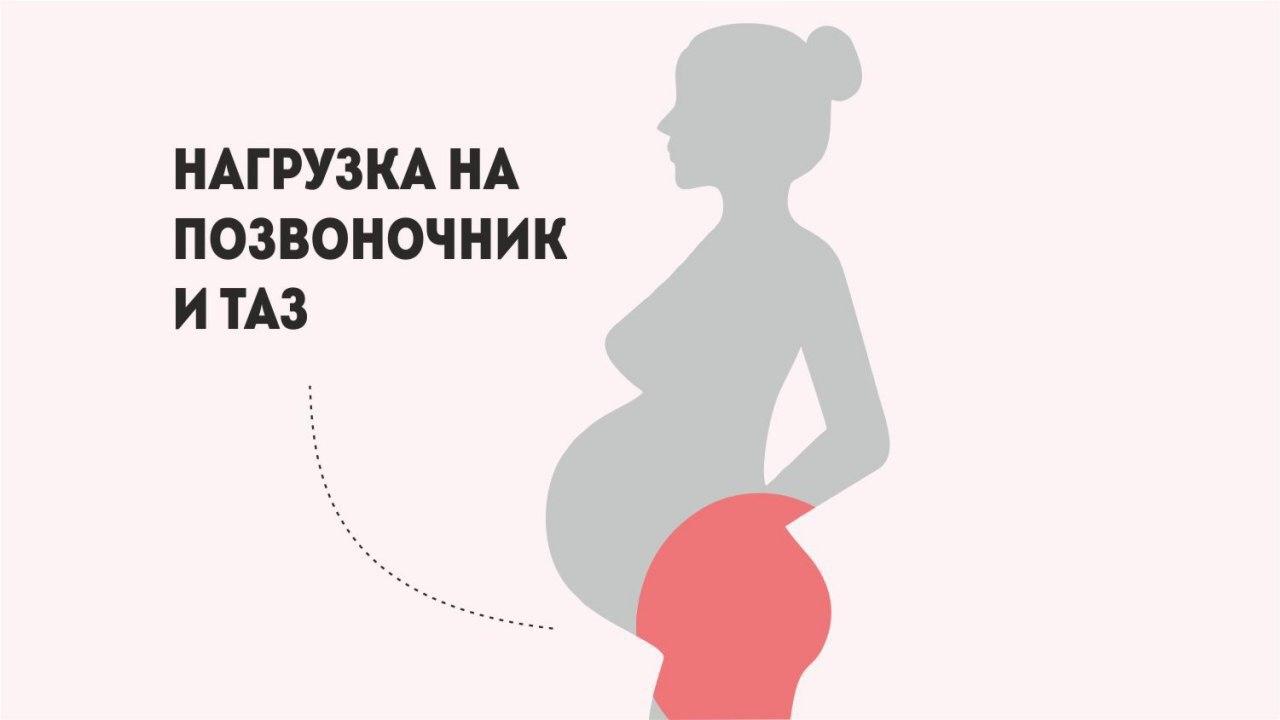
- Changes in the appearance of the abdomen
Abdominal muscles recover 6-8 weeks after natural childbirth (if there is no diastasis), while recovery after a cesarean section takes longer. Full recovery with regular physical activity occurs within a year. If a large diastasis appears after childbirth, surgical intervention may be required (depending on the gap).
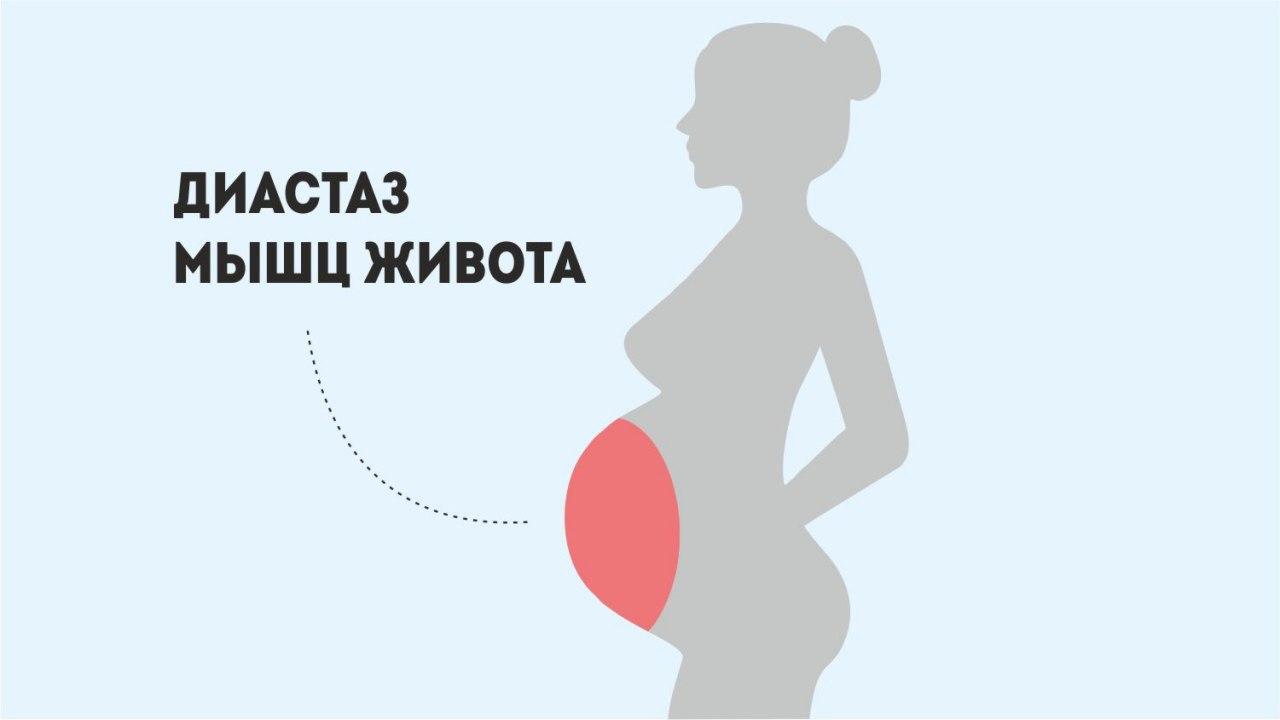
- Uterine recovery
The uterus contracts and returns to its place in the pelvic area within approximately 6-8 weeks (during this period, lochia discharge from the uterine cavity may occur).
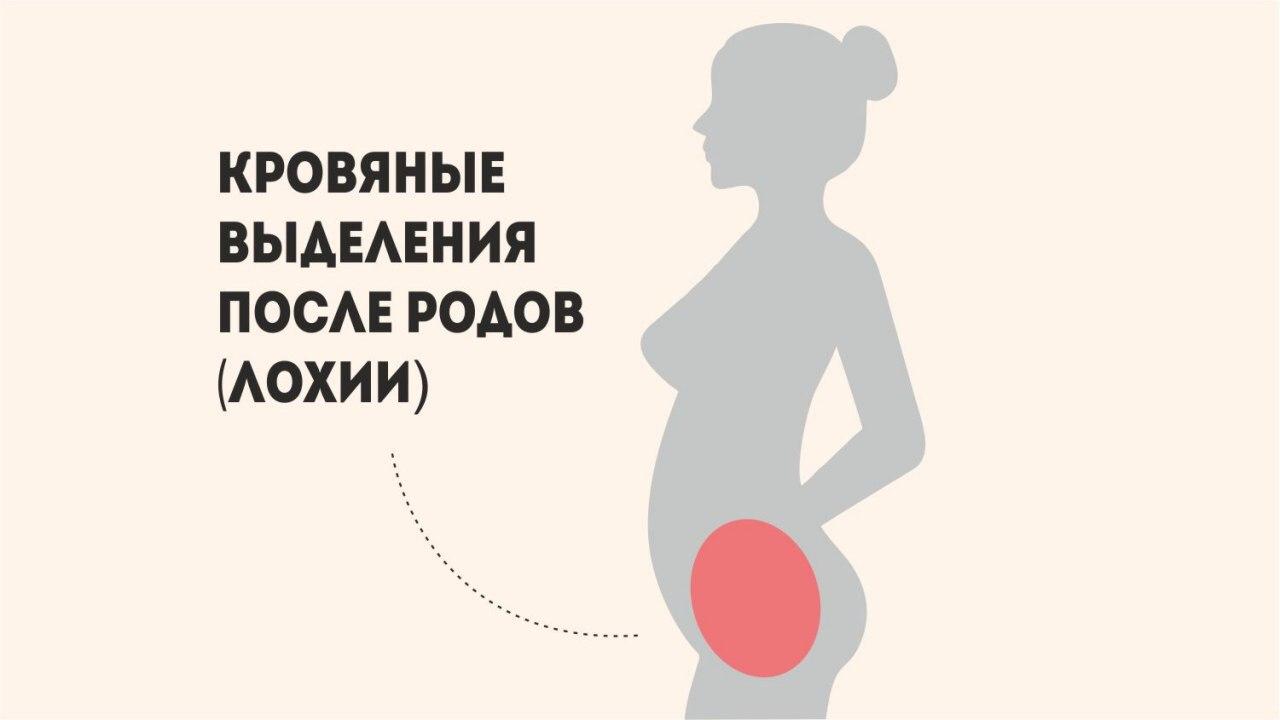
- Breast ptosis
During lactation, breasts can increase 2-3 times in size. However, there are downsides – tissues stretch, skin becomes thinner, and after weaning, breast sagging (ptosis) often occurs.
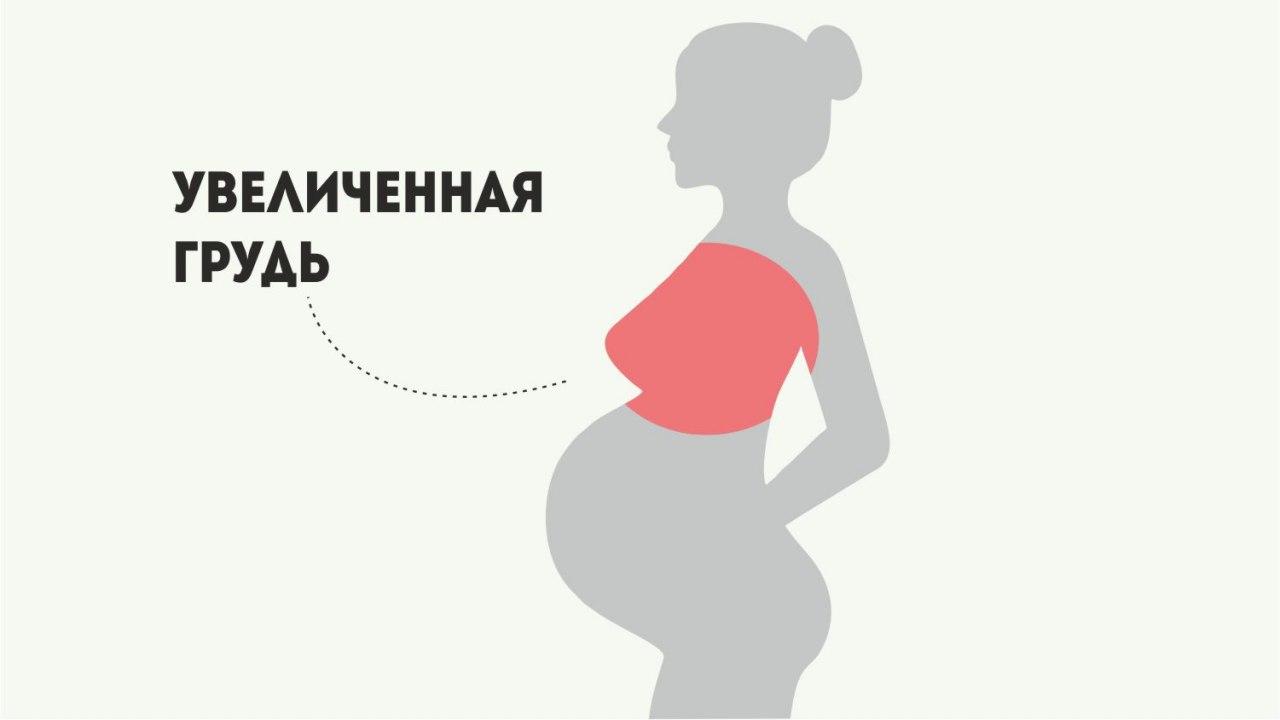
- Hormonal changes
After childbirth, progesterone and estrogen levels drop sharply, leading to a decrease in metabolic rate. Women may gain weight.
So, even if you were active, full body recovery takes up to a year.
Poor Mood from Postpartum Stress
Immediately after the baby is born, almost all women experience an emotional boost (many even euphoria). But on the second or third day, mood drops, and feelings of insecurity, confusion, and some sadness emerge. Some feel like crying for no particular reason, while others feel irritation.
Many begin to feel down, broken, with anxiety appearing, sometimes even aggression.
What could be the reason?
- Hormonal changes greatly affect the sensitivity of the nervous system, increasing the neuropsychological load. A woman feels not only the needs of the baby acutely but also everything happening around her (maybe you’ve encountered exaggerated reactions to insignificant events, that’s it).
- The new status of “mom” and enormous responsibility. Inexperienced mothers may experience anxiety and worry, and uncertainty in their abilities and knowledge.
- Physical exhaustion after several weeks and months from constant sleep deprivation due to the baby’s routine and household duties, from routine tasks.
- Stress caused by the environment (family discord, lack of support from loved ones, relatives’ advice on “how it should be done” and reprimands “you’re doing it wrong!”).
All of this combined can worsen the state of stress and even lead to depression.
What “bad” mood should be treated?
Not all mothers were lucky – our great-grandmothers, if they experienced fatigue and melancholy, simply kept it to themselves. Complaining or asking for a break was out of place. People didn’t visit psychologists, and spiritual and physical practices that help cope with this state (like yoga) were not used.
If this state was kept silent, it doesn’t mean it didn’t exist!
What usually happens?
The mildest form of low mood, the so-called “Baby blues”
– a short-term decline in the first few weeks, which can last up to a month.
Symptoms are similar to PMS: irritation, nerves, unexplained tears, mood swings. It doesn’t require treatment – ask your husband and family to pay more attention to you, give you free time for recovery and rest.
If the symptoms have been prolonged and you have been in this state for a long time, carefully look at the signs listed below and seek help (it’s not shameful!):
- Postpartum depression – a dangerous condition where nothing seems appealing, and motherhood does not bring joy. It typically begins around the third or fourth month of the baby’s life and can last years, depending on its severity. According to statistics, about one in seven women experiences postpartum depression.
- Anxiety disorders – neurosis, social anxiety, post-traumatic stress disorder, and panic attacks.
- Obsessive-compulsive disorder (OCD) or obsessive-compulsive neurosis. Observed in 10% of women after childbirth.
Example: A mother constantly experiences unwelcome and unpleasant thoughts, images, or urges that cause anxiety and a desire to do something ten times over. For instance, a mother fears harming the child, worries about the quality of bottle sterilization, or frequently wakes up at night to check if the baby is breathing.
- Postpartum psychosis – sharp mood swings. Feeling depressed one moment and very happy the next, strange beliefs and delusions (madness), hallucinations (sounds, images, smells, and sensations), loss of connection with reality, confused state of consciousness. Rarely occurs.
As you can see, the consequences can be almost imperceptible or quite tangible. Pay attention to any manifestations and changes in behavior, as the well-being of not only the mother but also the baby and the family as a whole depends on it.
How did yoga help me overcome health issues?
After we discussed in detail how serious problems can arise during pregnancy and after childbirth, I want to add a drop of honey to this barrel of tar.
The good news is that problems, if they are not hereditary, can be prevented by your own efforts. Considering all of the above in two parts, I was facing a painful pregnancy with a bundle of back pains, bad moods, whining, and apathy.
Childbirth, even the thought of it, would have been a living hell. And, I think, it would have ended with my first child. Well, after birth, diastasis would have embraced me with its companions of back pain, additional digestive problems, and, of course, prolapse of internal organs. My back would curve even more and postpartum depression would greet me like an old friend.
What changed after I started doing prenatal yoga:
- Periods stopped being painful
After I started practicing yoga regularly, the number of pills decreased, and before my first pregnancy, I noticed that I stopped taking pills altogether and could comfortably endure slight discomfort in the lower abdomen.
- Increased toe mobility
My orthopedic was amazed after my regular yoga practice that
a person with such a foot has good toe mobility! Usually, people with a protruding bone on the foot cannot move their toes separately.
- Got rid of varicose veins
After my second childbirth, my legs were not covered with a horrible net of vessels with bulging veins. Moreover, with proper training, I was even able to run a marathon.
- Normalized the gastrointestinal tract
Constipation during pregnancy and hemorrhoids after childbirth also bypassed me. They should have been my companions during this period. Since varicose veins on the legs cause aesthetic discomfort, the true problems are actually hidden in the pelvic area.
- Straightened my back and got rid of pain
Thanks to regular exercises aimed at strengthening and stretching back muscles, of which there are many in yoga, as well as asanas aimed at opening the chest area and working on the lower back, I manage to keep my back healthy.
- Avoided postpartum depression
Of course, it’s still difficult sometimes, but I know where to find inspiration, track the true cause, and get back on track. A huge role was played by nutrition following a postpartum recovery program, self-care, and regular practices of breathing and meditation.
Yoga during pregnancy: conclusions
Thanks to yoga, sports, and healthy eating, I had no issues with conception or postpartum recovery. Both pregnancies went so smoothly that even my husband sometimes forgot that I was pregnant at all! The childbirths were natural, without anesthesia and tears, and at the gynecologist’s appointment after the examination, I heard the phrase that it seemed like I hadn’t given birth at all, everything was so well-toned and restored inside.
Dear moms, I sincerely wish for all the symptoms and issues of pregnancy and postpartum periods to pass almost unnoticed for you. I believe that pregnancy, childbirth, and motherhood are a special bright mission for a woman. In the next article, we will examine the topic of postpartum depression in detail and how to help yourself in this state.
In my course Mom After Childbirth, I share other tips on how to benefit not only yourself but also your baby.



Download the app and get 7 days free use
 eng
eng rus
rus deu
deu spa
spa fra
fra ita
ita por
por srp
srp tur
tur ukr
ukr por
por bos
bos